- Over 1 million successful rentals
Car Hire Chile
Save time and money. We compare the offers of car rental companies in Chile on your behalf.
- Free cancellation Up to 48 hours prior to the scheduled pick up time
- Best price guarantee Have you found a better price? Let us know and we will make you a better offer.
- 24000+ pick-up locations Locations around the world
Compare Car Hire
Carrentals.co.uk offers simple and straightforward car hire comparison services. We don't add a penny to your quotes!
Car rental offers in Chile
Whether you're looking for a small rental car or a station wagon for the entire family, we will always have a suitable vehicle for the lowest price. Below are some examples from our selection in Chile.
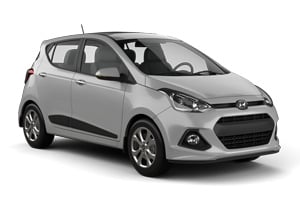
-
United rent a car From£ 24 /day -
Chilean Rent a Car From£ 26 /day -
Hertz From£ 28 /day
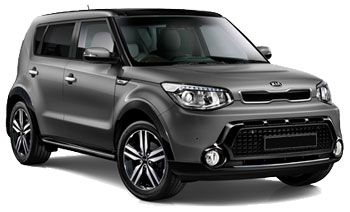
-
Alamo From£ 28 /day -
Enterprise From£ 29 /day -
National Car Rental From£ 31 /day

-
Chilean Rent a Car From£ 31 /day -
Hertz From£ 33 /day
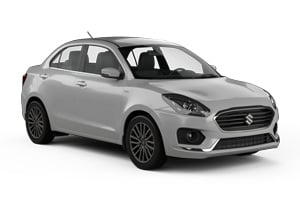
-
Chilean Rent a Car From£ 32 /day

-
Enterprise From£ 37 /day -
National Car Rental From£ 39 /day

-
Chilean Rent a Car From£ 38 /day
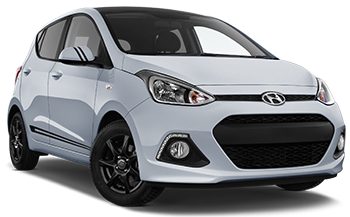
-
Hertz From£ 14 /day -
United rent a car From£ 18 /day -
Chilean Rent a Car From£ 20 /day

-
Hertz From£ 18 /day -
Chilean Rent a Car From£ 24 /day
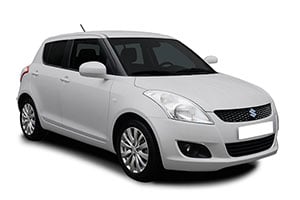
-
United rent a car From£ 18 /day -
Chilean Rent a Car From£ 20 /day -
Euro Rent a Car From£ 26 /day
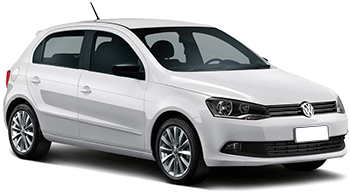
-
Europcar From£ 23 /day

-
Chilean Rent a Car From£ 25 /day -
Euro Rent a Car From£ 32 /day -
Hertz From£ 33 /day
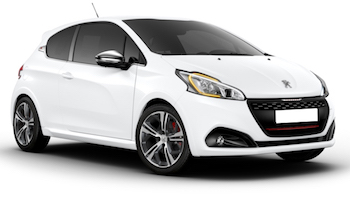
-
Flizzr From£ 23 /day -
Europcar From£ 29 /day -
Econorent From£ 35 /day
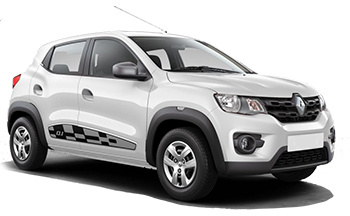
-
United rent a car From£ 23 /day

-
Europcar From£ 26 /day

-
Alamo From£ 25 /day
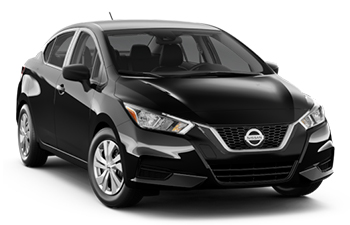
-
Hertz From£ 18 /day -
United rent a car From£ 25 /day -
Chilean Rent a Car From£ 27 /day
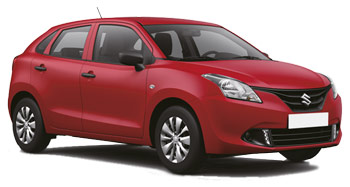
-
United rent a car From£ 20 /day -
Chilean Rent a Car From£ 22 /day

-
Hertz From£ 20 /day -
Chilean Rent a Car From£ 32 /day -
Alamo From£ 38 /day

-
United rent a car From£ 22 /day -
Chilean Rent a Car From£ 24 /day

-
Chilean Rent a Car From£ 26 /day
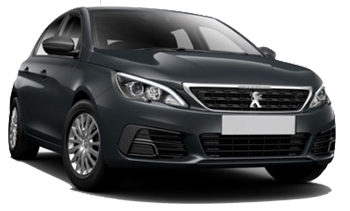
-
Flizzr From£ 23 /day -
Econorent From£ 44 /day
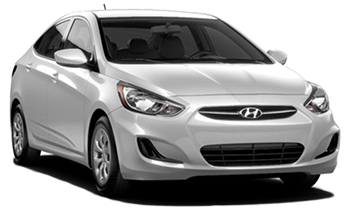
-
Europcar From£ 24 /day -
Chilean Rent a Car From£ 24 /day -
Alamo From£ 31 /day

-
Chilean Rent a Car From£ 29 /day

-
United rent a car From£ 24 /day
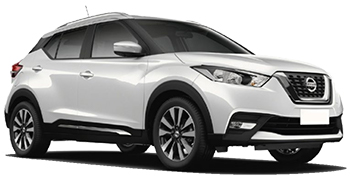
-
Hertz From£ 21 /day

-
Hertz From£ 23 /day

-
United rent a car From£ 23 /day -
Chilean Rent a Car From£ 26 /day
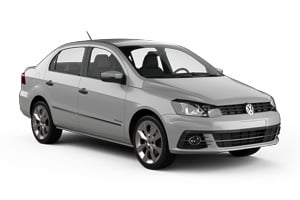
-
United rent a car From£ 26 /day

-
Chilean Rent a Car From£ 31 /day
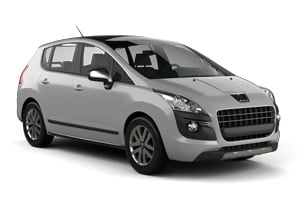
-
Flizzr From£ 26 /day
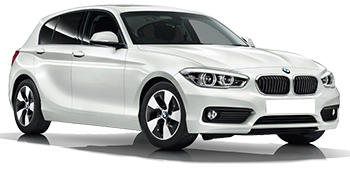
-
Flizzr From£ 27 /day
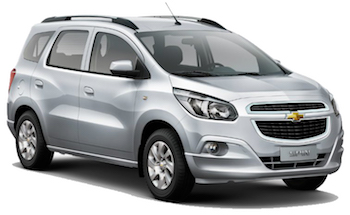
-
Hertz From£ 33 /day
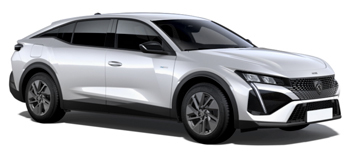
-
Flizzr From£ 27 /day
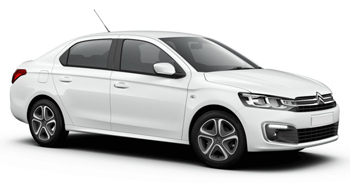
-
Chilean Rent a Car From£ 26 /day -
United rent a car From£ 26 /day

-
Chilean Rent a Car From£ 30 /day

-
Hertz From£ 32 /day -
Europcar From£ 41 /day -
Econorent From£ 56 /day
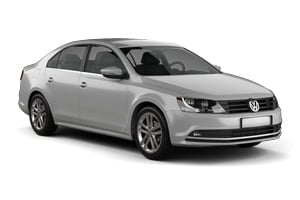
-
Alamo From£ 32 /day -
Enterprise From£ 34 /day -
National Car Rental From£ 36 /day

-
Hertz From£ 35 /day -
Europcar From£ 45 /day -
National Car Rental From£ 83 /day
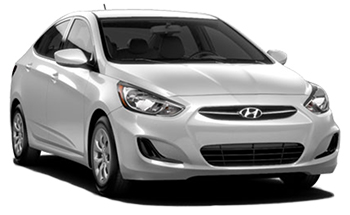
-
Budget From£ 34 /day -
Avis From£ 37 /day

-
Enterprise From£ 42 /day -
National Car Rental From£ 44 /day
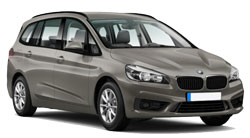
-
Flizzr From£ 37 /day
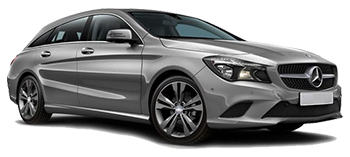
-
Flizzr From£ 38 /day
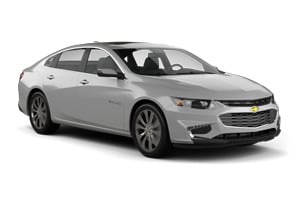
-
Alamo From£ 33 /day -
Enterprise From£ 36 /day -
National Car Rental From£ 37 /day
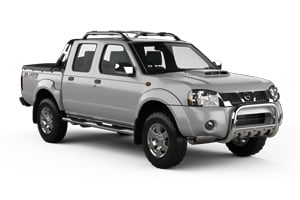
-
Alamo From£ 35 /day -
Enterprise From£ 35 /day -
Hertz From£ 39 /day

-
Hertz From£ 42 /day -
Enterprise From£ 44 /day -
National Car Rental From£ 46 /day
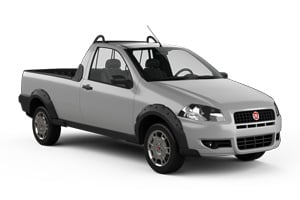
-
Chilean Rent a Car From£ 40 /day -
United rent a car From£ 47 /day

-
Enterprise From£ 42 /day -
National Car Rental From£ 45 /day
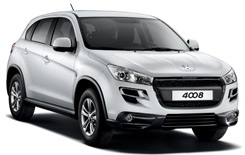
-
Avis From£ 43 /day

-
Hertz From£ 47 /day

-
Hertz From£ 45 /day
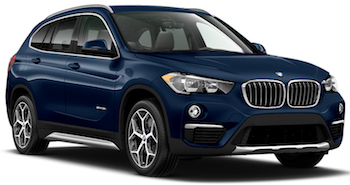
-
Flizzr From£ 47 /day

-
Chilean Rent a Car From£ 48 /day -
United rent a car From£ 50 /day

-
Chilean Rent a Car From£ 54 /day
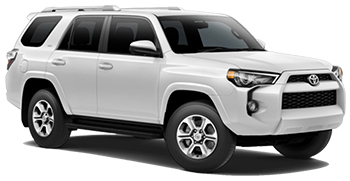
-
Avis From£ 58 /day
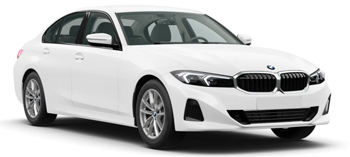
-
Econorent From£ 69 /day

-
Econorent From£ 70 /day

-
Avis From£ 89 /day

-
Econorent From£ 112 /day

-
Econorent From£ 116 /day
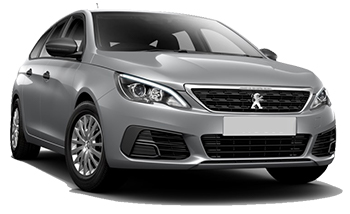
-
Flizzr From£ 28 /day
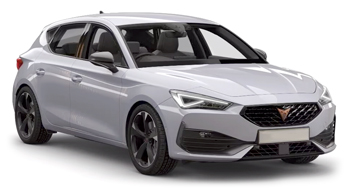
-
Flizzr From£ 29 /day

-
Hertz From£ 64 /day

-
Flizzr From£ 38 /day

-
Hertz From£ 59 /day

-
Hertz From£ 73 /day

-
Hertz From£ 67 /day
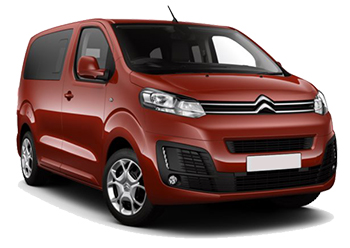
-
United rent a car From£ 73 /day -
Chilean Rent a Car From£ 82 /day
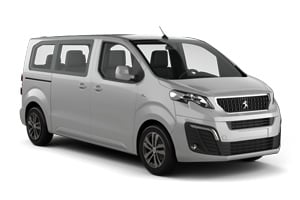
-
United rent a car From£ 79 /day -
Chilean Rent a Car From£ 89 /day

-
Chilean Rent a Car From£ 84 /day

-
Europcar From£ 82 /day

-
Europcar From£ 89 /day
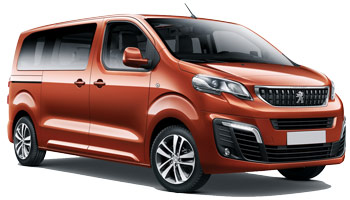
-
Chilean Rent a Car From£ 96 /day
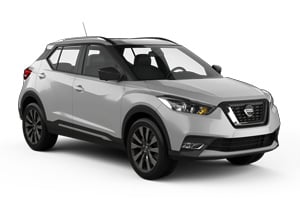
-
Hertz From£ 21 /day -
Alamo From£ 32 /day -
Europcar From£ 32 /day

-
Hertz From£ 23 /day -
Europcar From£ 37 /day -
Alamo From£ 37 /day

-
United rent a car From£ 23 /day -
Chilean Rent a Car From£ 26 /day
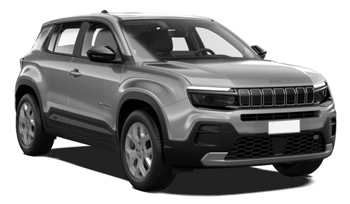
-
Flizzr From£ 24 /day

-
Chilean Rent a Car From£ 31 /day

-
Flizzr From£ 25 /day -
Budget From£ 41 /day -
Avis From£ 43 /day
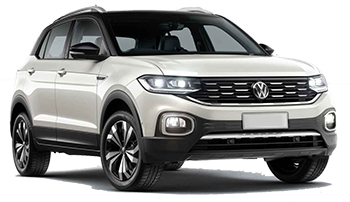
-
United rent a car From£ 26 /day -
Chilean Rent a Car From£ 28 /day -
Europcar From£ 32 /day

-
Chilean Rent a Car From£ 34 /day -
Europcar From£ 38 /day

-
Flizzr From£ 26 /day -
Avis From£ 46 /day -
Budget From£ 46 /day
Popular cities in Chile

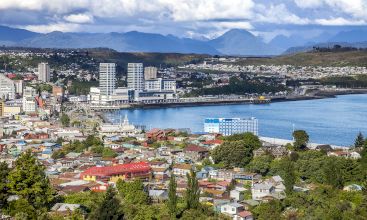
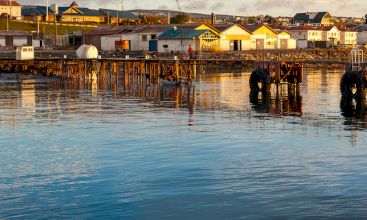
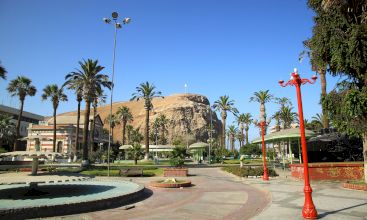

When to book a rental car in Chile
Chile - When is the most affordable time to rent a mini class car?
At this destination (Chile), February is the most affordable time to rent a mini class car with an average daily rate of
Chile - When is the most affordable time to rent a economy class car?
At this destination (Chile), February is the most affordable time to rent a economy class car with an average daily rate of
Chile - When is the most affordable time to rent a compact class car?
At this destination (Chile), July is the most affordable time to rent a compact class car with an average daily rate of
Chile - When is the most affordable time to rent an intermediate class car?
At this destination (Chile), August is the most affordable time to rent a intermediate class car with an average daily rate of
Chile - When is the most affordable time to rent a standard class car?
At this destination (Chile), August is the most affordable time to rent a standard class car with an average daily rate of
Chile - When is the most affordable time to rent a full-size car?
At this destination (Chile), August is the most affordable time to rent a full-size class car with an average daily rate of
Chile - When is the most affordable time to rent a luxury car?
At this destination (Chile), February is the most affordable time to rent a luxury class car with an average daily rate of
Chile - When is the most affordable time to rent a station wagon?
At this destination (Chile), May is the most affordable time to rent a station wagon with an average daily rate of
Chile - When is the most affordable time to rent a SUV?
At this destination (Chile), February is the most affordable time to rent an SUV with an average daily rate of
Chile - When is the most affordable time to rent a MPV?
At this destination (Chile), March is the most affordable time to rent an mpv with an average daily rate of
Chile - When is the most affordable time to rent a minivan?
At this destination (Chile), August is the most affordable time to rent a minibus with an average daily rate of
Chile - When is the most affordable time to rent a delivery van?
At this destination (Chile), March is the most affordable time to rent a van with an average daily rate of
Car rental locations in Chile
Carrentals.co.uk compares rental car prices at the following destinations

Chile Guide
Chile is best explored by rental car. Carrentals.co.uk has over 25 pick-up locations in Chile. This means there is always a pick-up location close to your destination.
Most popular car hire locations in Chile
Driving
Chile’s stunning natural beauty has been wooing travellers for the past two decades. This splendour, together with its vineyards, ski resorts, archaeological ruins and beaches, sees it attract over two million visitors a year. The country’s narrow strip of land can easily be traversed by car. Visitors can visit beaches along the coast, discover the desert, snap photos of the ice caps or explore the beautiful Torres del Paine National Park.
Driving Tips for Chile
The well-maintained Pan-American Highway runs the entire length of the country, offering a picturesque and easy way to travel through Chile. Portions of this route require drivers to pay a toll, so keep some loose change to hand. The state of the urban roads varies, but signage is good, although signs are in Spanish.
Driving licences: UK drivers need an International Driver’s Permit or a new European photo licence to drive here.
Which side does Chile drive on: the right.
Speed limits:
Motorways: 62-75mph (100-120kph)
Rural areas: 62mph (100kph)
Built-up areas: 37mph (60kph)
Alcohol limits: lower than the UK limit of 0.08 per cent, at 0.03 per cent, with steep fines or jail time for offenders.
Driving age: 18 years.
Seatbelts: enforced for the driver and all passengers. Children under the age of four must be in a secure car seat.
Mobile phones and GPS: using a mobile phone without a hands-free system while driving is illegal. Using GPS is allowed but most drivers will find maps more useful.
Cost of fuel in Chile: petrol is noticeably cheaper here than in the UK.
Car hire and fuel payment: credit cards are required by most suppliers when you pick up your car hire. Many filling stations do not accept credit cards.
Insurance: third-party insurance comes with car hire but additional insurance should be considered.
Traffic and parking: driving in Santiago requires an electronic radio-transponder for toll-roads. Driving in this city should be avoided during rush hour, as the driving direction changes according to the flow of traffic. Most roads allow parking but it is safer to park in a secure car park.
Transport
Trains
Trains run from Chile to La Paz and Uyuni (Bolivia), Salta (Argentina) and Tacna (Peru). There are over 4,000 miles of railway tracks throughout Chile, but many cities are not connected. For train schedules or to make a reservation, visit TerraSur. Ferrocarriles Suburbanos de Concepción runs commuter trains throughout the country, which are a fast way to reach some of the villages.
Taxis
Chile’s colectivos are reasonably priced shared taxis that run on fixed routes. They can be found at railway and metro stations but often don’t set off until they are full. Regular taxis are cheap and run on meters, having a base price and then a charge per each 200 meters driven thereafter. A short ride of around two miles in Santiago will cost around £3 to £4, while a taxi from the airport to downtown could be between £18 and £25.
Buses
Long-distance buses connect Chile with neighbouring countries and vehicles terminate in Santiago. Buses travel throughout the entire country and are reasonably priced and comfortable. A bus ticket from Santiago to Valparaiso costs around £4. The night buses, called salón cama, are the most expensive but also the most comfortable way to travel. Most major cities run inner-city bus services whose fares are reasonable, with a short journey costing around £0.20, although outside of Santiago such services may be difficult for non-Spanish speaking tourists to use.
Ferries
Some cruise ships exploring South America dock in Valparaiso and Punta Arenas, while ships from New Zealand often stop at the port on Easter Island. Ferries run across the Canal de Chacao from Pargua to Chiloé Island in the south. Many of the islands in the Extreme South can be reached from the mainland by ferry.
Airports
The main international airport for Chile is Santiago International Airport, also called Arturo Merino Benitez International Airport and lying to the northwest of the capital. There are no direct flights from the UK, but service is provided by a number of European carriers. There are other international airports in the country, such as the one in Arica, plus a host of busy small airports. Expensive taxis and reasonably priced shuttles provide transportation from Santiago’s airport into the city.
Explore
Exploring Chile
Santiago is where most visitors start their Chilean adventure; it is the capital and largest city in the country. It is here where most of the country’s museums and cultural sites can be seen, including Cerro Santa Lucia (Santa Lucia Park), Museo Chileno de Arte Precolombino (Chilean Museum of Pre-Columbian Art) and Palacio Cousino (Cousino Palace).
To the northwest is Valparaíso, which is known for its bohemian lifestyle, chaotic winding streets and the country’s largest port. From here, many people explore the stunning beach town of Vina del Mar, which is famed for its annual music festival that takes place each February.
Northern Chile is home to the world’s driest desert (Atacama Desert), the picturesque Valle de Elqui and San Pedro de Atacama, which is famous for its amazing landscapes and hiking opportunities.
Easter Island, found in the middle of the Pacific Ocean, is one of the country’s most visited areas thanks to its Moai statues, volcanic craters and other archaeological sites. Southern Chile is home to Chiloé Island, the Cochamó Valley, Huerquehue National Park and Volcano Villarrica.
The Extreme South is the least travelled part of the country, with the exception of the stunning Torres del Paine National Park. This region is filled with fjords, lakes, forests and islands.
Weather
Central Chile, including Santiago and Valparaíso, has a Mediterranean climate, with hot, dry summers with temperatures that range between 19°C and 35°C, and cooler, humid winters. Northern Chile is extremely dry around Atacama but cool in the Andes, while the Extreme South is the coldest part of Chile, with temperatures dropping to 1°C in the winter here. Easter Island has a subtropical climate and experiences rainfall year round and average annual temperatures of 20°C.
Practical information
-
CurrencyChilean peso
-
Driving directionRight
-
City speed limit60 km/h
-
Freeway speed limit100 km/h
-
LanguageSpanish
-
Popular car categorySUV
What most people want to know
The following questions and answers are a selection of the most popular questions. If you do not find the answer to your question, have a look at the Frequently Asked Questions page or contact us.
- Econorent
- Localiza Car Rentals
- Enterprise
- Hertz
- First Car
- National Car Rental
- Keddy By Europcar
- Dollar Rent a Car
- Avis
- Europcar
- United rent a car
- Budget
- Euro Rent a Car
- Chilean Rent a Car
- Thrifty
- Sixt
- NÜ Car Rentals
- Alamo
- Street Rent a Car
- ACE Rent A Car
- Routes